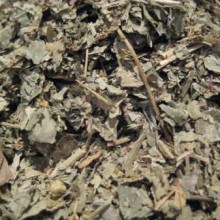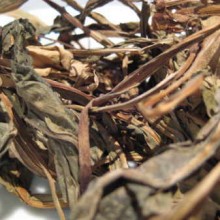Jamaican Sarsaparilla Root (Smilax ornata or sometimes just Smilax and other closely related species of Smilax) is a perennial trailing vine with prickly stems. Its name (which is zarzaparrilla in Spanish) comes from the Spanish words zarza for “shrub” and parrilla for “little grape vine.” It is a cultivar of Sarsaparilla which slightly differs from others and is known as Jamaican Sarsaparilla but doesn’t necessarily mean that it has come from Jamaica although it grows there profusely.
This particular plant (different from and not to be confused with Smilax officinalis or smilax aristolochiifolia and also somewhat rarer and more expensive) is also known as just Smilax, Smilace, Sarsa, Catbriers, Greenbriers, Prickly-Ivys and Khao Yen and this particular plant is indigenous to the Caribbean, particularly Jamaica ( as its name so clearly suggests ) and now widely found across the Caribbean
The name sarsaparilla can also refer to a drink made from the roots of the vine. The name “Sasparilla” is also often used but is a common mis-spelling of Sarsaparilla.
Traditional Uses for Jamaican Sarsaparilla Root:-
Jamaican Sarsaparilla root has been used ( as its cousin Smilax officinalis has ) for centuries by the indigenous peoples of the Caribbean amd Central and South America for sexual impotence, rheumatism, skin ailments, and as a general tonic for physical weakness. It has long been used by tribes in Peru and Honduras for headaches and joint pain, and against the common cold.
Many shamans and medicine men in the Amazon use sarsaparilla root internally and externally for leprosy and other skin problems (such as psoriasis and dermatitis.) It is recorded as being an effective remedy against syphilis although this editor has not found any clinical trial evidence to confirm this in research.
Its main historical uses are recorded as follows:-
Psoriasis, dermatitis, leprosy, and other skin disorders
Blood purifier and general detoxification aid
General tonic (tones, balances, strengthens), stimulant, and hormonal regulator
Arthritis, rheumatism and autoimmune disorders which cause inflammation
Syphilis and other sexually transmitted diseases (one wonders to what effect and suspects none!)
New World traders found it and introduced it into European medicine in the 1400s.







